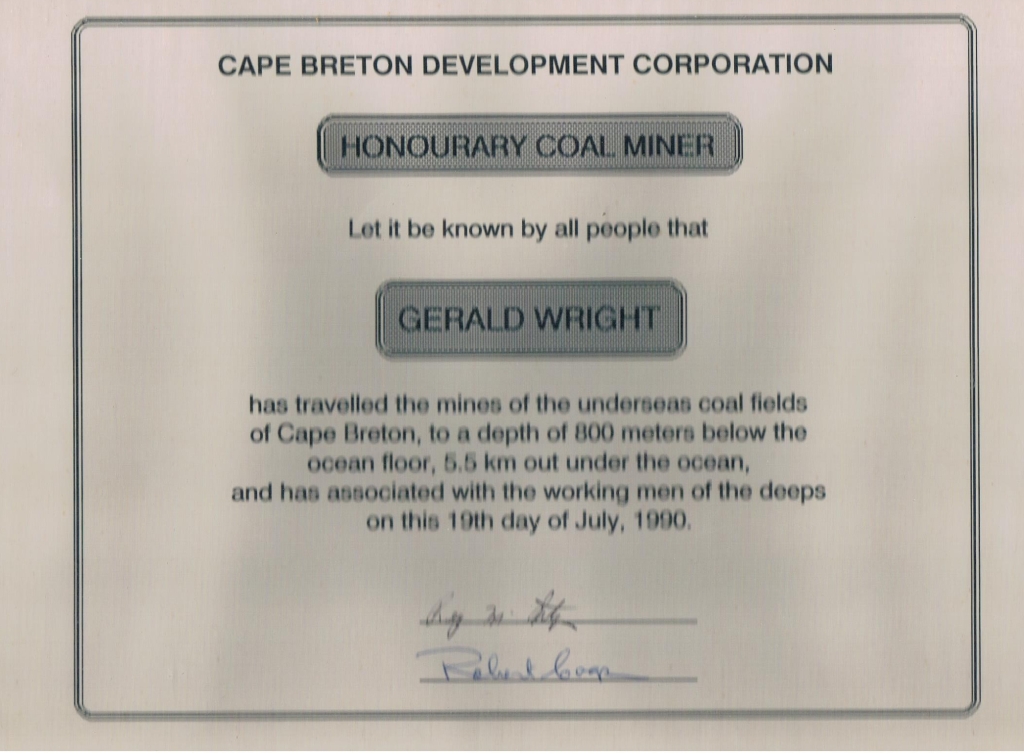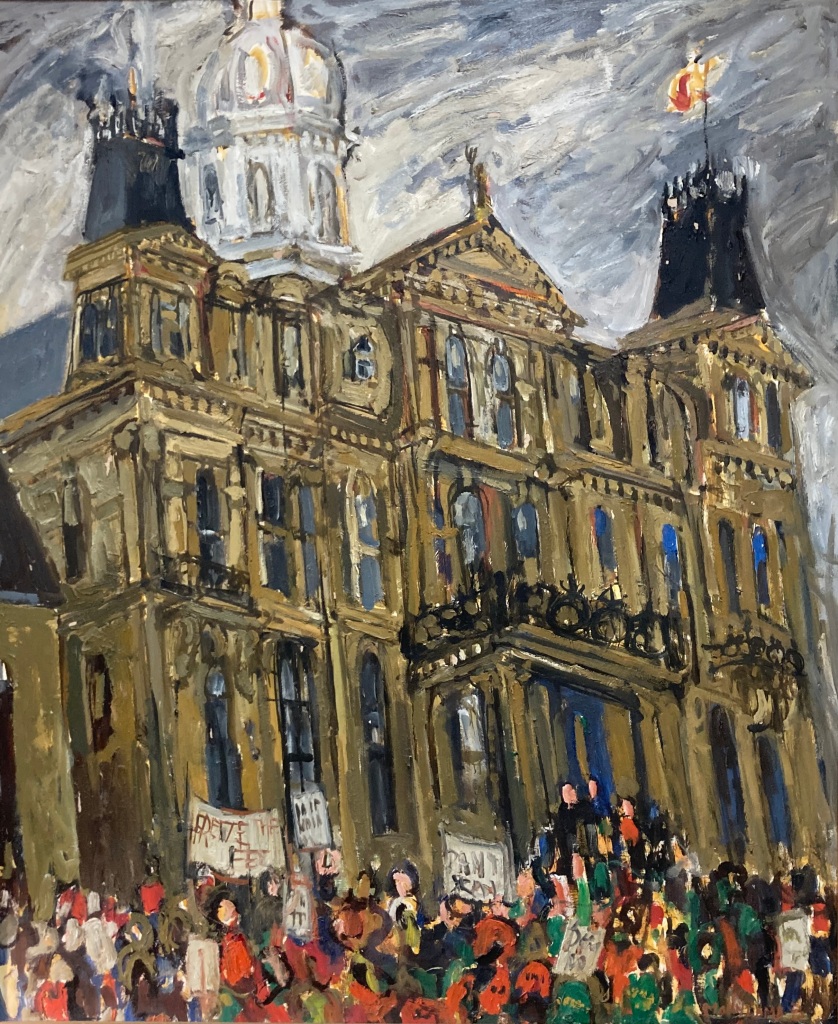The following is an excerpt from Richard Yeomans’ article that was published in the latest issue of Acadiensis. To read the full article please click here and subscribe.
RICHARD YEOMANS
IN FEBRUARY 1844 NEW BRUNSWICK’S HOUSE OF ASSEMBLY first read Lemuel Allen Wilmot’s bill for the amendment of the charter of King’s College Fredericton, a collegiate school that had been in operation since 1829 but conceived during the late 18th century. Though debate was short, Wilmot bluntly remarked that since the school was first incorporated in 1800 by provincial articles of incorporation “forty five thousand pounds had been paid for its support – a sum which would have educated every one of its students at Cambridge or Oxford.”[1] Wilmot was convinced that the school was anything but a going concern, and proposed changes including the removal of the colony’s lieutenant governor and members of the provincial Executive Council from being allowed to assume positions on the College Council as either chancellor or president of the institution, respectively.[2] These measures were a direct response to years of woeful mismanagement by the colony’s political elite of the college’s provincial and royal monetary endowments, and the roughly 6,000 acres of land granted in support of the school at the start of the century. Wilmot’s actions and words were also indicative of a long and drawn-out struggle over control over collegiate education in New Brunswick between the appointed and elected houses. Challenges to the school’s land ownership, program of settlement, and the desire of politically elite white settlers to exploit and leverage unceded Wolastoqiyik lands and waters for the maintenance of a collegiate institution in New Brunswick exacerbated this struggle. In an effort to build “the most gentleman like society on earth,” the fraught formation of what was to become the present-day Fredericton campus of the University of New Brunswick became central to the development of the settler state in Britain’s most lucrative timber colony.[3]
Members of New Brunswick’s political elite first proposed using land as foundational capital for a collegiate institution in 1785, while also designing their college to benefit only the children of the most affluent. For the political refugees of the American Revolution, the expense of sending the children of Loyalists away to England to complete their education cost more than most land was worth in New Brunswick in the late 18th century. Moreover, colonial leaders expressed concern that individuals who attended college or university in the newly independent United States might return corrupted by dissenting republican ideals.[4] Ward Chipman, born in Massachusetts and trained at Harvard College before becoming New Brunswick’s first Solicitor General, feared that his own son, in “looking beyond some of these Provinces for his future, . . . will never be contended to starve, as I have done, in this part of the Country.”[5] New Brunswick offered little in the way of upward mobility or educational prospects for children, regardless of their parentage, and colonial administrators sought to “localize the universal culture taught in British Universities” as a means of preserving the social order to which they had become accustomed and which they sought to reproduce in New Brunswick.[6] For more middling refugees, the potential leveling influences of British-style higher education did not supersede their immediate concerns with the lack of rudimentary education, such as reading and writing, mathematics and geometry, which was compounded by the serious backlog in petitions for land grants. The colony had too few surveyors with the necessary math skills to survey land for distribution amongst perspective settlers, and this deficit exacerbated problems with restive settlers such as squatting and conflicts with the Wolastoqiyik, Peskotomuhkatiyik, and Miꞌkmaq.
Loyalist refugees of all ranks were in close agreement about the need for an established system of education in new settlements, albeit for different purposes, and rested their hopes in education as a harbinger of peace, as a disseminator of liberal British values through Christian institutions, and as a generator of future industry.[7] Benjamin Marston, another Harvard-educated refugee and chief surveyor in Nova Scotia, was particularly frank about the need for unanimity between education and religion in one report he sent off to London at the height of his efforts to settle refugees in Shelburne in 1783. Marston observed that such combination required “particular care” by restricting who would be allowed to shape “Colleges & such like Public Seminaries of Education so far as Clergymen were concerned,” and that they “should be committed only to the care of those who were [Church] of England men.”[8] Marston, however, was also quite critical of the lack of any “sufficient portion of men of practical education & abilities” among the refugees expected to occupy and permanently settle in the post-revolutionary northwest Atlantic.[9] Despite there being numerous college-educated refugees in Nova Scotia, in Marston’s view far too few had the practical education necessary for cultivating land for resettlement. Practical education, at least according to Marston’s interpretation while he attempted to survey plots of land along peninsular Nova Scotia, was “useful knowledge” – knowledge thoroughly independent of any kind of theoretical or abstract thought that did not also improve upon the use of a quadrant. In Britain, the link between science and practical education had been well established since the 17th century and proved fertile when put into the service of empire.[10] In Nova Scotia, the link between expanding commerce and practical education was not lost on Marston, who, at the end of 18th century, believed the region needed practitioners and not philosophers. The system of education, once implemented, needed to produce competent settlers and loyal subjects who would quicken the occupation and opening of the land and not question either the actions or authority of the Crown’s representatives in Nova Scotia or, after 1784, in New Brunswick.
Continue reading








